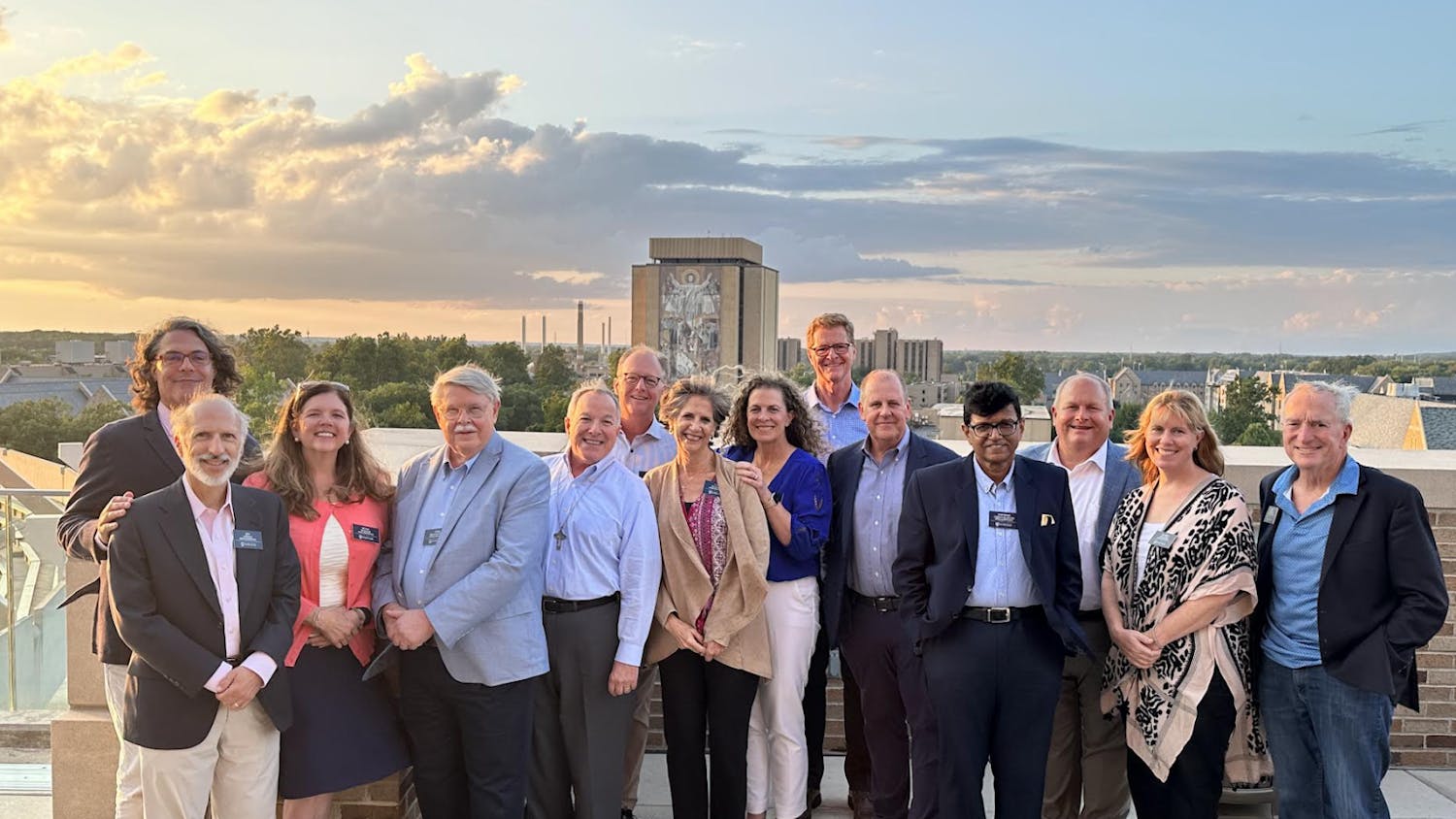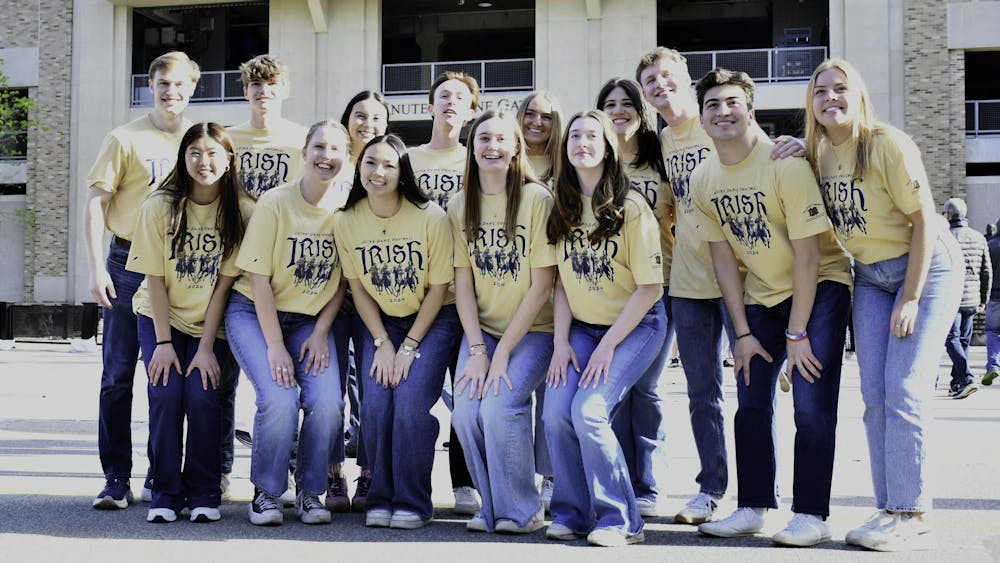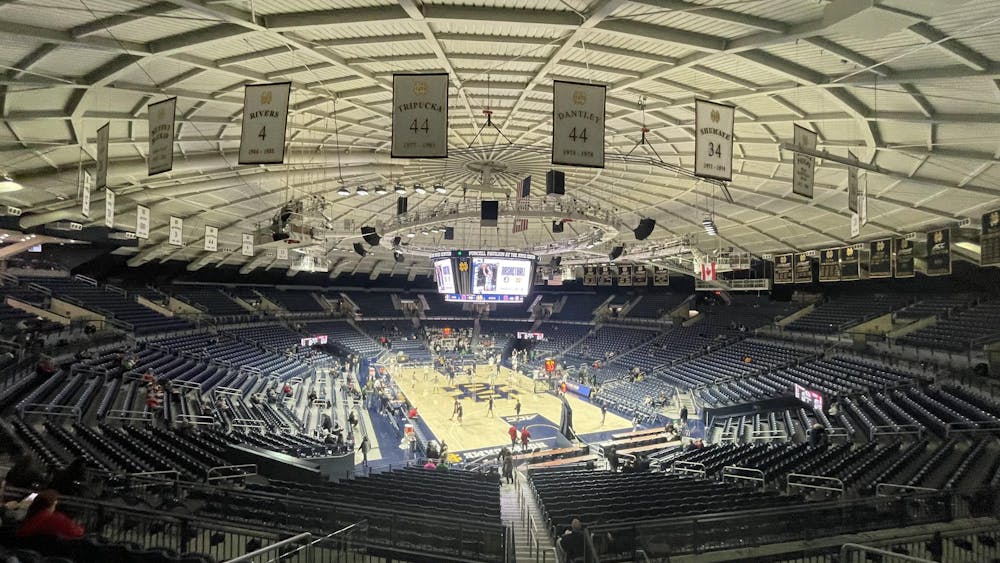Notre Dame and South Bend community members commemorated the lives of deceased loved ones at a Día de los Muertos celebration Tuesday evening in the Hesburgh Center for International Studies.
The event featured performances by student groups Mariachi ND, Ballet FolkloricoAzul y Oro and Coro Primavera de NuestraSeñora. It was sponsored by the Institute for Latino Studies, the Kellogg Institute for International Studies and the Snite Museum of Art.

In Mexican tradition, Nov. 1 is the one day each year when the souls of the dead return to the mortal world, said sophomore Briana Cortez, who performed with Mariachi ND and Coro Primavera.
"It's the one day where you can spend time with your family and friends that have passed on to the next life," she said. "Instead of it being eerie, the way Halloween is portrayed, it's more of a celebratory holiday."
During Día de los Muertos celebrations, people create ofrendas, or altars, to honor the dead, Cortez said.
"One thing everybody does is have ofrendas, which consists of putting food and flowers on the gravestones of your loved ones and in your home, so when the spirits come back to visit you they can eat [and] see the different images," Cortez said.
The Día de los Muertos celebration featured an ofrenda by internationally known Mexican artist Ana Teresa Fernandez.
Fernandez also covered four ladders in black feathers and arranged them in a diamond shape in the Hesburgh Center to signify transportation between the worlds of the living and the dead.

"I wanted to play with the space and create almost an infinity sign where you don't know whether it's going up or down," Fernandez said at the celebration. "Heaven's supposed to be an allegorical space, but we get put under the ground [when we die]."
The ladders symbolized the dead's ability to lift themselves from the ground into heaven, Fernandez said.
"I was taking the more utilitarian ladders as a way for them to climb up and down and be able to wear wings and transport themselves," she said.
Another ofrenda, created by Kellogg Institute faculty and staff members, included orange and yellow marigolds and small models of human skulls and bones.
Cortez said the Día de los Muertos celebration included traditional Mexican elements, such as bread that is usually placed on ofrendas for the dead, as well as candles meant to ward off evil spirits.
Fernandez's ofrenda will be on display in the Great Hall of the Hesburgh Center through Thursday.












